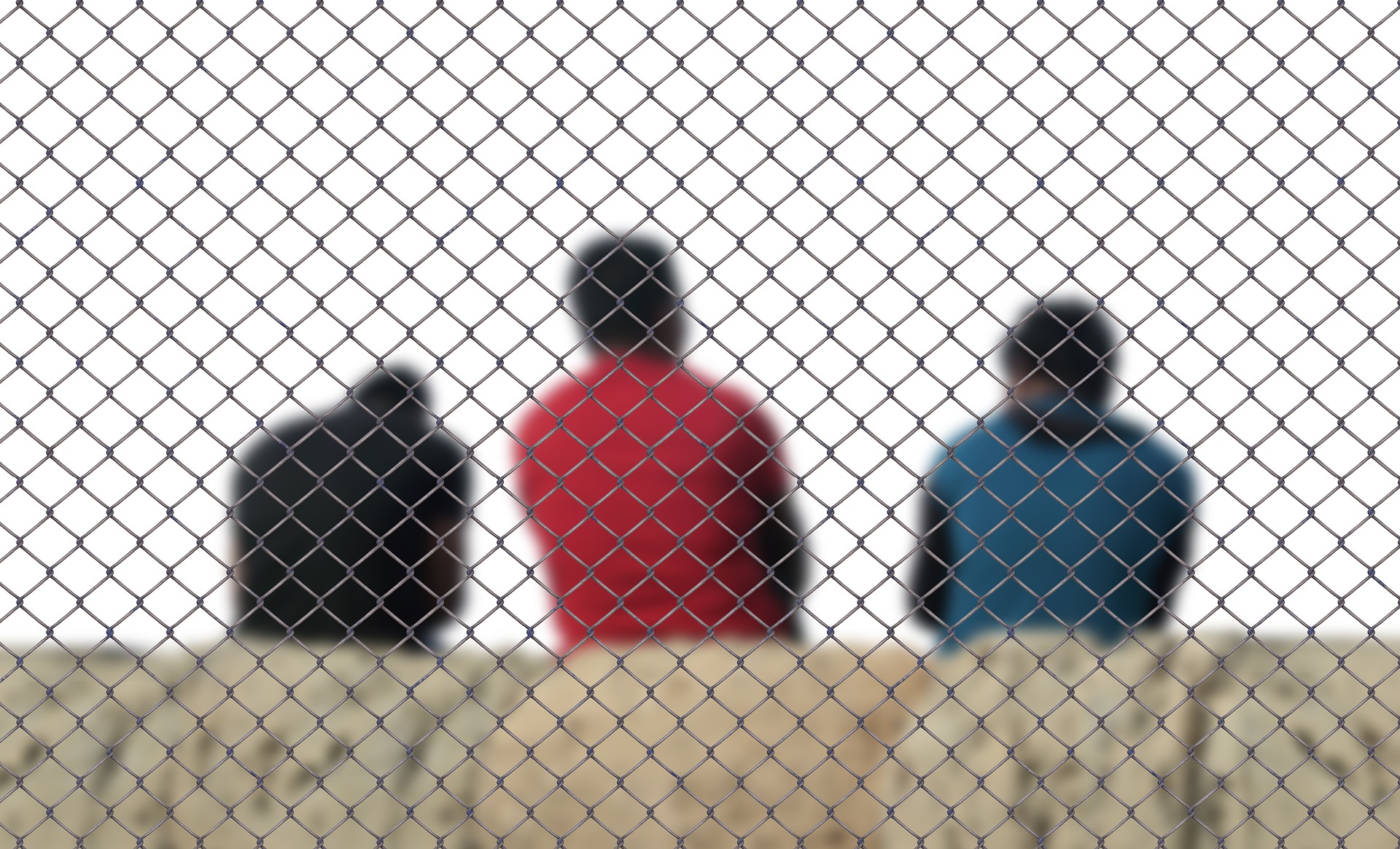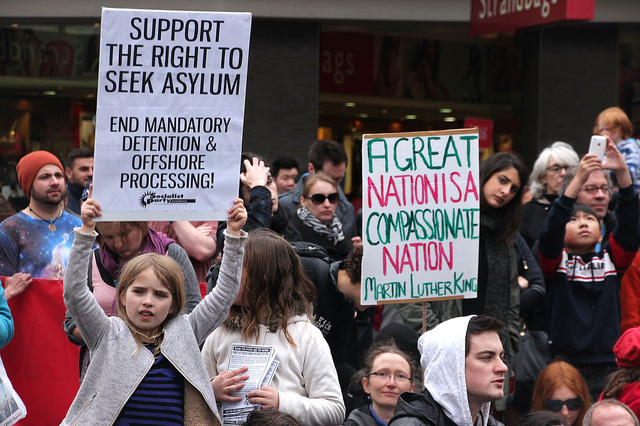Today, July 16, 2019, the Department of Homeland Security and Department of Justice issued a joint interim Final Rule that has been published in the Federal Register and is effective immediately.
The interim Final Rule aims to place additional restrictions on the asylum application process and limit the eligibility of individuals seeking to apply for asylum.
What is the Rule about?
The Departments of Justice and Homeland Security are revising 8 C.F.R. § 208.13(c) and 8 C.F.R. § 1208.13(c) to add a new bar to eligibility for asylum for an alien who enters or attempts to enter the United States across the southern border, but who did not apply for protection from persecution or torture where it was available in at least one third country outside the alien’s country of citizenship, nationality, or last lawful habitual residence through which he or she transited en route to the United States.
In a Nutshell:
With the passage of this rule, applicants for asylum who enter or attempt to enter the United States across the southern border, without having applied for protection in a third country outside their country of citizenship, nationality, or last lawful habitual residence, will not be eligible for asylum.
 Visa Lawyer Blog
Visa Lawyer Blog










